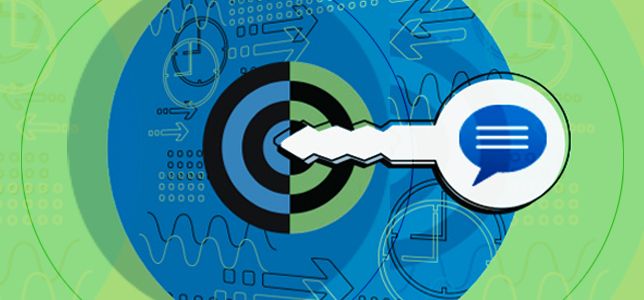Customers share an enormous amount of information about their preferences, needs, attitudes and behaviors through their multichannel interactions with companies. While there are rich opportunities for companies to capture, analyze, and act on these insights, one of the greatest reservoirs of untapped insights resides within recorded phone discussions with an organization’s contact center. Because many organizations record contact center interactions with customers for regulatory compliance and quality assurance, there’s a wealth of information that can be gleaned through the use of speech analytics. Companies can leverage speech analytics to strengthen customer strategies. This includes using real-time customer data to take the next best action with customers, developing more relevant messaging and offers, and optimizing the end-to-end customer experience.
When used effectively, speech analytics can also help deliver impressive business benefits. For instance, companies that use call recording and speech analytics technologies have been able to obtain solid revenue increases following customer interactions, according to a study by Aberdeen Group.
To date, one of the top challenges to adopting speech analytics is the vast amount of unstructured data that’s underutilized. Based on eLoyalty’s work with clients, companies typically make use of just one to three percent of the unstructured data that’s captured in voice interactions. That’s largely because practitioners characteristically look for specific insights, such as whether a contact center associate was following organizational procedures or listening for keywords such as “stop” or “leave” when combing for information that may imply a customer is about to defect.
When used effectively, speech analytics allows business leaders to unlock a much larger set of data and analyze it to gather fresh intelligence about customers. For instance, advanced speech analytics can automatically search, identify, and categorize customer feedback based on a company’s specific challenges or business goals (e.g., improving customer satisfaction). Let’s say a high-value wireless customer calls a telecom company’s contact center to complain about contract fees. Speech analytics can be used to pick up on certain keywords in real-time and provide an associate with a prompt to offer the customer a revised pricing structure based on their usage, profitability, and other information that’s known about them.
In order to derive maximum benefits from the intelligence that’s obtained from the use of speech analytics, it’s also constructive to have cross-representation of different people and disciplines from across the enterprise that can offer a broad perspective of the company’s top business challenges and goals.
It’s also useful to have a dedicated team attached to speech analytics initiatives. This doesn’t mean that a company has to dedicate 50 or 100 people to a speech analytics program on a full-time basis. However, when companies lack a structured approach to using speech analytics, they’re unlikely to achieve the full ROI that’s possible since speech analytics simply becomes another toy that doesn’t get used.
The typical enterprise collects thousands of hours of recorded discussions with customers. There’s a wealth of insights that marketers and other business leaders can mine from these interactions that your competitors aren’t privy to. The choice is yours – you can follow the herd and overlook these magnificent opportunities to learn more about your customers. Or, your organization can take advantage of these customer insights and seize a competitive advantage.
Unlocking Business Value with Speech Analytics







